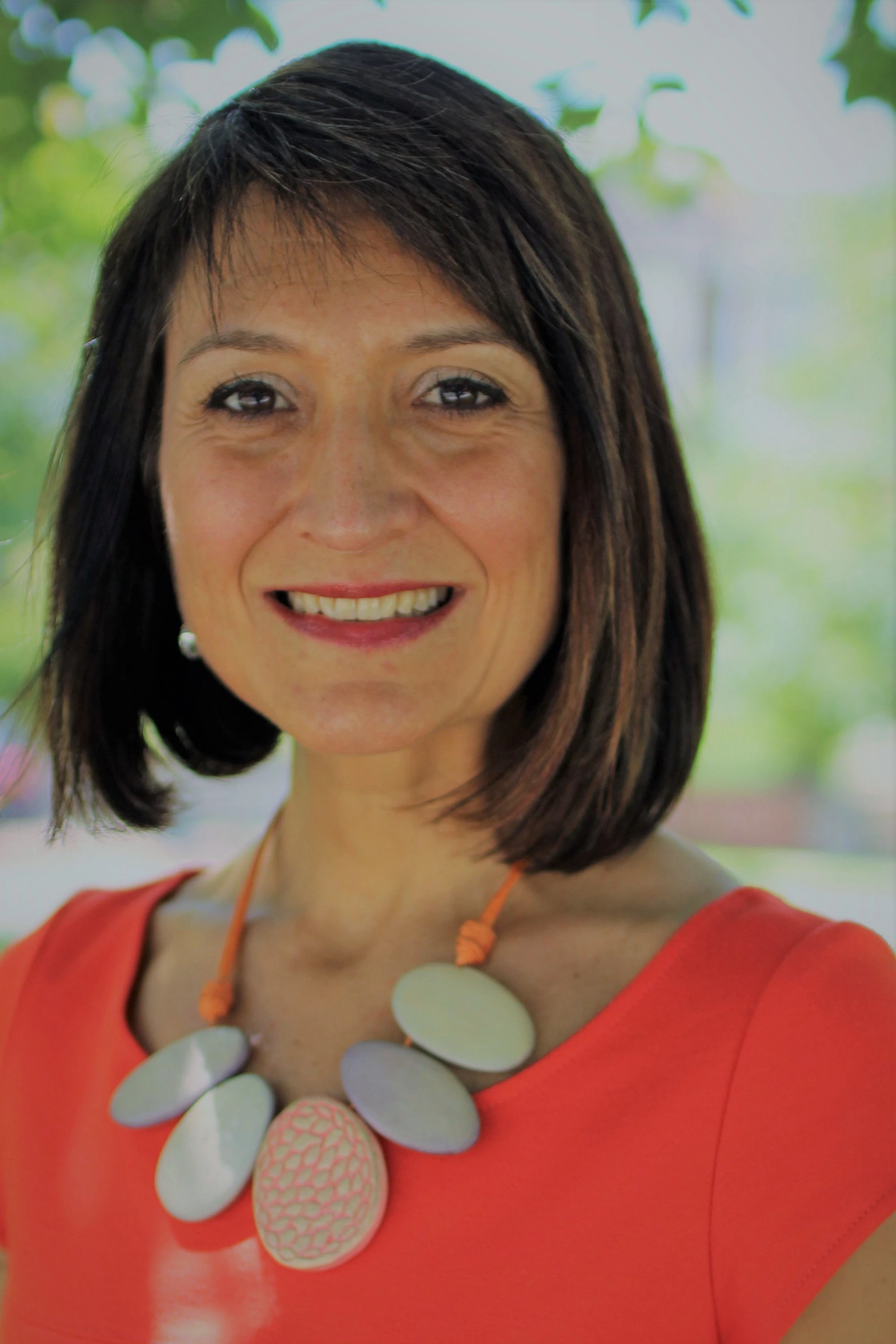 Joven electricista argentino agujereando una pared
Joven electricista argentino agujereando una pared
At a crossroads—this is how we described higher education in Latin America and the Caribbean (LAC) in our 2017 regional study. During the study dissemination, we heard from firms on their struggle to find qualified workforce and from students on their struggle to find jobs even after having completed a higher education program. The frustration was palpable and the message clear—the region’s higher education systems needed ambitious reforms in order to respond to the countries’ needs.
Five years and a pandemic later, this is truer than ever. Although many jobs were destroyed during the pandemic, many others—related, for instance, to automation, electronic platforms, and data analysis—were created. A fast track to the relevant skills is critical in a region that struggles to grow, innovate, and consolidate equity gains.
According to our new study, one type of higher education program can place the region on this fast track—short-cycle programs (SCPs). Also known as technical or technological programs, SCPs last two or three years and have a strong occupational focus. SCPs are attractive to many students—not only those without the interest, time, or academic preparation for a longer program but also those seeking new competencies even after a bachelor’s degree.
Moreover, SCPs are attractive to employers. Despite LAC’s massive higher education expansion in the new millennium, a full one-third of employers in the region (the highest fraction in the world) struggles to find qualified workers. In LAC, this disconnect between higher education and the productive sector may be due to a weak emphasis on SCPs (which attract only 9 percent of higher education students relative to 24 percent in the world) or on engineering, technology, and science (which produce relatively fewer graduates in LAC than comparable countries). It may also be related to the SCP stigma—the perception that SCPs are second-class programs and an academic dead end.
Much of this stigma is unjustified. Despite attracting more disadvantaged, less traditional students than bachelor’s programs, SCPs have higher graduation rates. SCP graduates obtain more formal employment and higher salaries than high school graduates—as expected—but also than bachelor’s dropouts, who comprise a staggering half of all higher education students in the region. Not all SCPs are equally good, but neither are all bachelor’s programs. As a result, some SCPs—particularly in engineering, science, and technology—have higher returns than many bachelor’s programs—particularly in social sciences and humanities. Thanks to their close connection with the local economy, SCPs respond nimbly—more so than bachelor’s programs—to local labor market demands, as they open and update programs in response to the needs of local employers.
To acquire more granular information on SCPs in the region, we designed and implemented a unique survey—the World Bank Short-Cycle Program Survey. More than 2,000 program directors in five LAC countries responded questions on a wide variety of topics including their students, faculty, program practices, training and curriculum, infrastructure, institutional governance, regulation, and student outcomes. Based on the survey, on average SCPs apply good practices. At the same time, program practices—and student outcomes—vary greatly among programs, perhaps justifying the SCP stigma.
This variation, however, allowed us to identify the distinctive practices of the programs that deliver good student outcomes, controlling for student characteristics. While most higher education institutions in LAC engage little with the private sector or the job market, we find that “good” programs cultivate strong private sector connections and assist students in their job search. They hire faculty with industry experience, provide remedial education during the program and teach numerical competencies. At this critical juncture, the goal should not be a wholesale expansion of the SCP sector but rather the creation and replication of these “good” programs.
Building a system to provide “good” short-cycle programs and successfully attract students requires policy action on four fronts. The first is information, as students need detailed information on every higher education program in the country—bachelor’s or SCP—regarding labor market outcomes, costs, and academic requirements in order to make informed choices. The second is funding. In LAC, governments subsidize bachelor’s students at higher rates than SCP students, provide little or no financial aid to those in private institutions (about half of the region’s SCP enrollment), and fund programs and fields regardless of performance or strategic importance. Reassigning public funding among programs, students, and fields is critical. The third is regulation—overseeing and regulating programs with an emphasis on student labor market outcomes rather than program inputs, and through agile systems that do not stifle SCPs’ dynamism. The fourth is lifelong learning—facilitating skill acquisition in flexible modules and the transition from SCPs to bachelor’s programs.
Over the course of our extensive dissemination of this study, we have repeatedly heard from firms on their struggle to find workers with practical, up-to-date skills because this type of worker—which could easily be trained by an SCP—is largely missing in our countries. The plight is even louder in high-tech industries, indicating that the region is seriously unprepared for the new labor market. But we have also seen the creativity of many institutions which, in close connection with employers, have established good, useful, relevant programs, and have heard of disadvantaged students whose lives were transformed by gaining access to such programs. Ultimately, it is that type of dialogue between institutions, firms, and students—with the backdrop of a modern, agile, outcome-based regulation—that will give rise to the programs that the region needs.



Join the Conversation